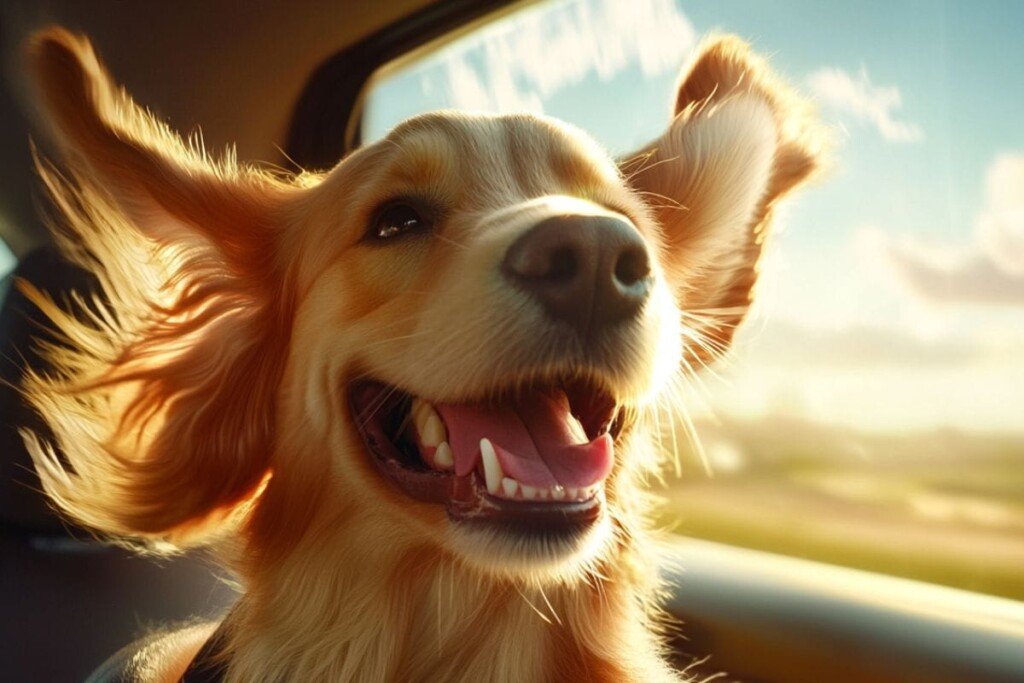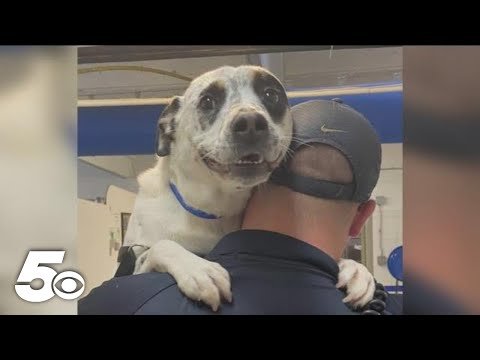Ever wondered why your dog bounces with joy at the word “car” while your friend’s pup hides under the bed? The answer lies in a fascinating mix of genetics, early experiences, and sensory overload.
The Joy Riders: Why Some Dogs Can’t Get Enough
When dogs love car rides, their enthusiasm stems from a perfect storm of sensory delight. Their nose gets a high-speed buffet of scents streaming through the window, creating what scientists call “scent snapshots” of the entire neighborhood. It’s like reading a thrilling novel where every page brings a new adventure.
The motion of the car can also trigger the release of feel-good hormones, similar to what humans experience during exciting activities. Add to this the anticipation of adventure (because cars often lead to fun destinations), and you’ve got a recipe for pure canine joy.
The Nervous Passengers: Understanding Car Anxiety
For some dogs, car rides are more horror story than adventure story. Their anxiety often traces back to their vestibular system – the same system that can make humans carsick. This inner-ear apparatus helps with balance and motion sensing, but in some dogs, it’s particularly sensitive.
Add to this the fact that cars are essentially moving boxes full of strange noises, vibrations, and unpredictable movements. For a nervous dog, this combination can feel like being trapped in a mobile haunted house.
The Early Experience Factor
Just like humans, dogs form their primary associations with experiences during puppyhood. Dogs who had positive early car experiences (like going to fun places) often become car enthusiasts. Those whose first car rides were to the vet? Not so much.
The Sensory Overload Equation
Think about it from your dog’s perspective:
- Their sense of smell is about 40 times stronger than ours
- Their hearing picks up frequencies we can’t detect
- They can feel every vibration through their paws
- The visual stimulation is like an IMAX movie on fast-forward
For some dogs, this is thrilling. For others, it’s overwhelming.
The Breed Connection
Certain breeds tend to be better car travelers than others. Working and sporting dogs, historically bred for adventure and travel, often take naturally to car rides. More sedentary breeds might need more convincing that your car isn’t actually a four-wheeled monster.
New Book: Do Pets Have A Place In Heaven – Find it here!

Conclusion
Understanding the science behind your dog’s car ride reaction helps us become better pet parents. Whether you have a joy rider or a nervous passenger, knowing why they react as they do is the first step in making car rides a better experience for everyone.
Share your dog’s car ride story! Are they a window-surfing enthusiast or a backseat worrier? Let’s hear about your adventures (or misadventures) on the road! 🐾🚗
SHARE now with your friends!


